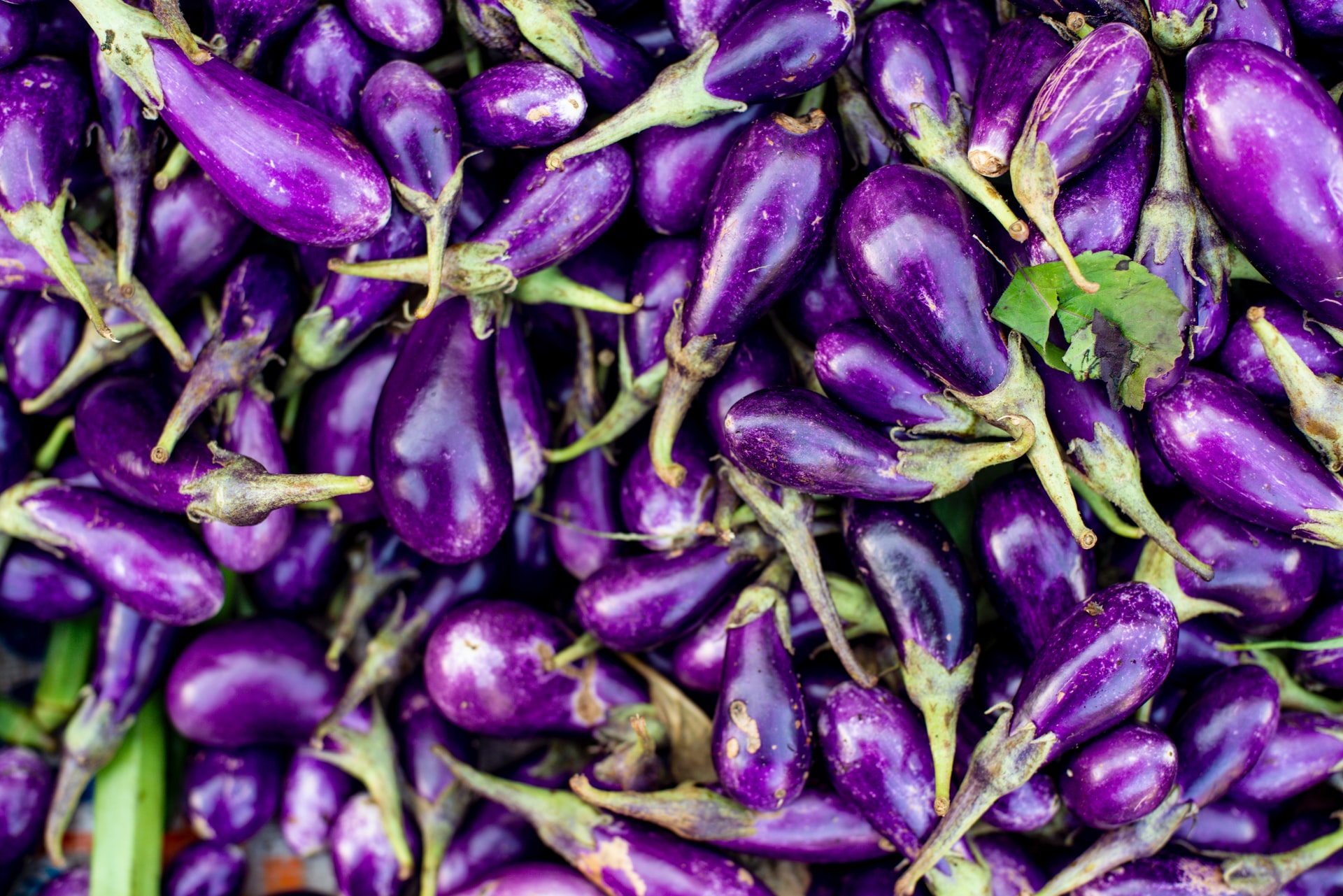Cultivation in protected spaces is quite similar to growing eggplants in the open field. However, protected spaces allow for the control of microclimatic conditions, enabling the adjustment of transplanting schedules to times when it would not be possible outdoors due to low soil and air temperatures. As a result, the fruiting period in protected spaces is extended, thereby increasing yield and the economic viability of greenhouses.
Before setting up beds and laying films in protected spaces, the soil needs to be sterilized either thermally or chemically. For chemical sterilization, use preparations that destroy fungi, soil pests, nematodes, and weed seeds (such as Basamid granules). These preparations are quite aggressive, so it is important to carefully time their application.
Protected spaces include greenhouses and tunnels. The characteristic of protected spaces is that they provide favorable microclimatic conditions for growing peppers and maintaining these conditions at a consistent level throughout the growing period, regardless of external atmospheric conditions. This consistency is achieved through heating (if a heating system is installed) or simply by closing all openings in the protected space, depending on the external cold levels. Additionally, on hot days, ventilation and air circulation are provided. The optimal daytime air temperature for the growth and development of eggplants is 22 – 29°C, and nighttime temperature is 15 – 18°C. During the summer, ventilation is necessary because temperatures above 30°C cause flower and fruit drop and result in more bitter fruits. Temperatures above 35°C also negatively impact vegetative growth.
To monitor and maintain consistent microclimatic conditions, it is advisable to install climate stations in protected spaces. These stations provide data on current air temperature, relative humidity, sunlight intensity, and CO2 concentration.
Types of Protected Spaces
- A: Low tunnel
- B: High tunnel
- C: Greenhouse
- D: Single-bay glasshouse (greenhouse)
- E: Multi-bay greenhouse
- F: Multi-bay glasshouse (greenhouse)
- G: Venlo greenhouse
Single-bay glasshouses/greenhouses are intended for smaller areas, up to 400 m² (8×50 m), and rarely up to 500 m². Larger dimensions can lead to issues with the frame structure, cover installation, ventilation, and irrigation. For larger areas, multi-bay glasshouses/greenhouses are used. This setup reduces losses, saves space, and reduces costs on the structure and cover. It also provides a more reliable and cost-effective control and management system.
Factors Influencing the Choice of Protected Space:
- The intended size of the area for cultivation
- Plant species to be produced (affects the height of the glasshouse/greenhouse)
- Investment capacity
- Type of substrate
- Duration of the production season, with or without heating
- Planned future development or expansion of the facility.













































